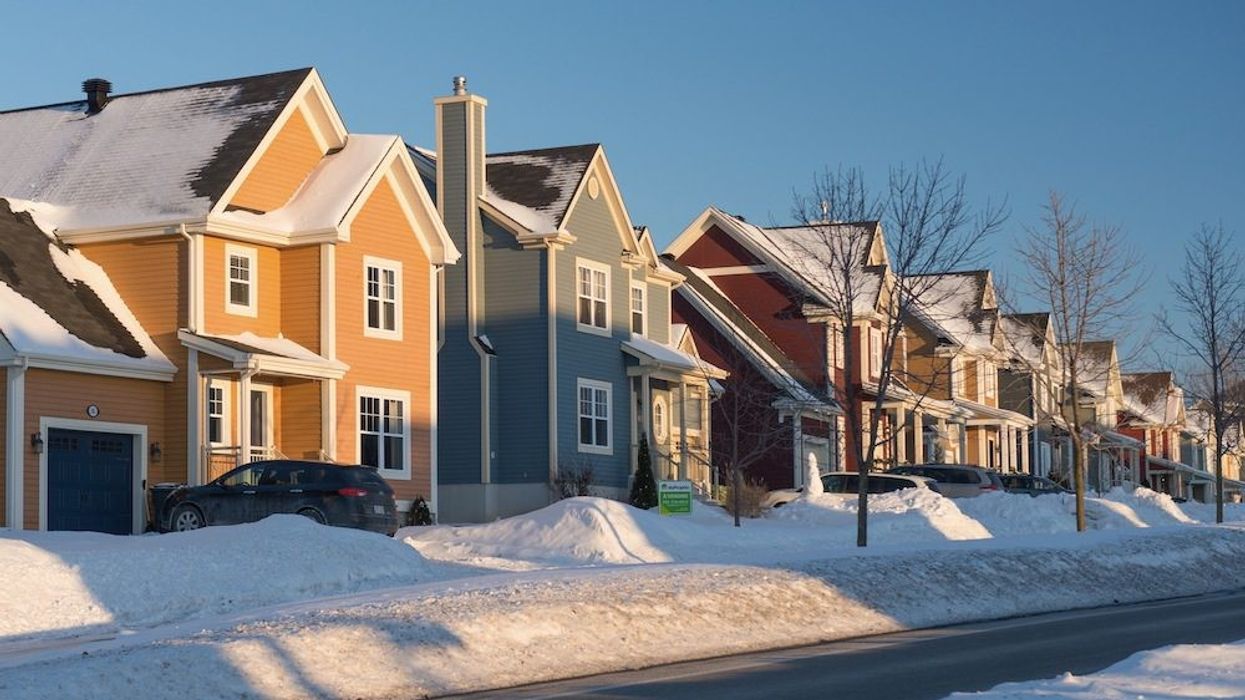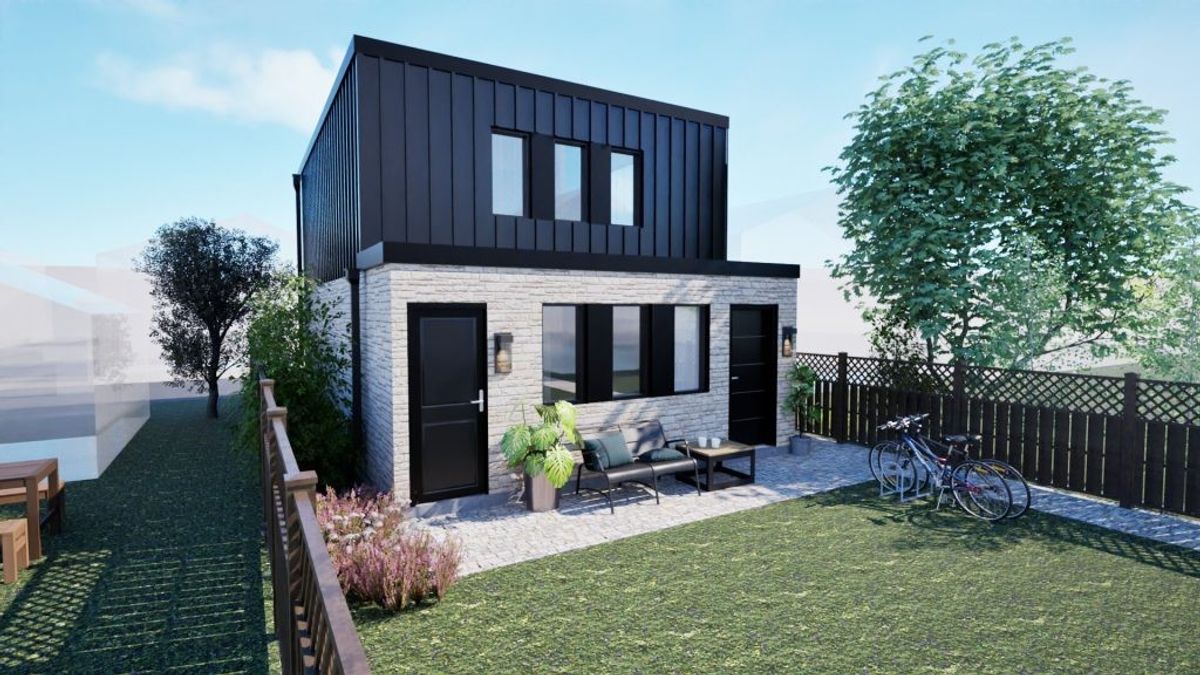Borrowers are often torn between fixed- and variable-rate mortgages, but they needn’t be for the foreseeable future because the case for the latter is nearly overwhelming at this point.
“For an owner-occupied five-year fixed, it’s 2.59% -- some credit unions are even doing 2.44% -- and the most common variable right now is 1.25%,” said the owner of Pekoe Mortgages, Daniel Johanis. “What I typical recommend for someone looking to get into a mortgage, if they do a variable with a wait-and-see approach, they can set the payments as if they’re fixed, and any additional amount they pay hits the principal, which helps with amortization.”
The fifth wave of COVID-19 has dealt an untimely blow to a reeling, but purportedly recovering, economy, and popular opinion among analysts that the Bank of Canada would hike the overnight rate by mid-2022 has been kiboshed. But variable-rate mortgage holders who might have been made chary by speculation that a rate hike was imminent can breathe a sigh of relief.
READ: Fixed vs Variable: What Makes Different Mortgage Types Unique?
“Quebec has a 10 pm curfew. We have restrictions on gatherings again across the country. We’re seeing COVID cases exploding and it feeds into the uncertainty about what’s going to happen in 2022,” Johanis said. ”We may see a discount with variables -- right now it’s prime [2.45%] minus 1.25% and we may see prime minus 1.5%. We’ll see a discount, but how big it will be is up for debate.”
Rightly or wrongly, variable interest rates are perceived as volatile and headlines that preceded the Omicron wave about imminent hikes next year actually impelled some borrowers to make hasty, and ultimately unwise, decisions.
“The whole talk of an interest rate hike next year was very premature in my opinion,” Dustan Woodhouse, President of Mortgage Architects, recently told STOREYS. “The sad part is that news triggered people to take their 1.2% variable rate mortgages and walk into 2.7% fixed-rate mortgages. They reacted to that news and they inflicted a 1.5% interest rate hike on themselves out of fear. That’s awful. And now what are all the news stories going to be about? The likelihood that further government stimulus will be required, and is already being rolled out, and interest rate hikes will be pushed back to a future date. The real question is how far into the future?”
But when deciding between fixed- and variable-rate mortgages, perhaps there are more important factors to consider than the odd rate hike.
“As a borrower, ask yourself what you’re trying to do,” Johanis said. “If someone is freaked out because interest rates are going up and it’s a starter home or a first condo -- this is typically the stage a lot of newly weds are at -- and the chances of them moving are high... maybe locking in the mortgage and hedging against the risk isn’t the best option because you might pack up and go. A fixed-rate mortgage penalty is huge. If you look at it purely through the math and you plan on staying for five years, look at what the rate could plausibly go up to and compare it to what the penalty would be to break the mortgage.”
READ: The Question of Having to Pay a Mortgage Penalty Isn’t If, It’s When
Until recently, as many as three interest rate hikes in 2022 were predicted by some observers, which would have resulted in a 0.75% increase, but Johanis says that would still be easier to absorb than the penalty on a five-year fixed rate mortgage. Moreover, the benchmark bond yield, which influences fixed interest rates, began increasing in October, making variable rates all the more enticing, and while the trend is reversing, Johanis says it’s comparatively negligible.
“The benchmark bond yield was hovering over 1% and gradually increased to 1.58% at the end of November, but it went down to 1.34% at the beginning of December, and then it went down more to 1.28%,” he said. “But you still only get a five-year fixed mortgage at 2.59% while the most common variable right now is 1.25%.”





















